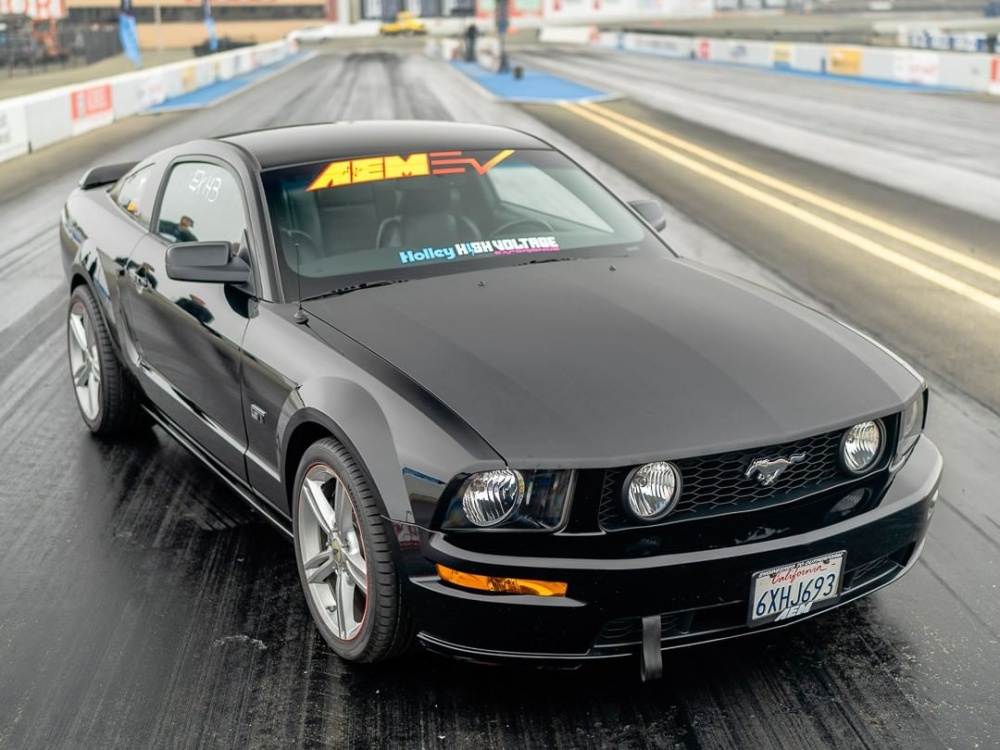Testang is a 335 HP Tesla-Swapped Mustang GT
Hawthorne, California-based AEM EV recently revealed the Testang, a 335 HP all-electric Mustang GT powered by cells from a PHEV minivan.
Automakers are actively working on future-proofing their popular models with new electric mobility solutions. We recently discussed the Lingenfelter eLcamino EV concept, which uses General Motors’ all-electric eCrate drivetrain. Independent outfits like Hawthorne, California-based AEM Electronics, also offer similar solutions for hot rodders. The company recently revealed the Testang, an all-electric Mustang GT, to showcase the capabilities of such EV swaps.
The drivetrain of AEM’s electric Mustang GT prototype comes from a crashed Tesla. The company also used the suspension, inverter, and motor from a 2013-2015 Tesla Model S. AEM EV also released a video that offers an in-depth look at the custom Tesla swapped Mustang GT. We are joined by Nate Stewart, AEM’s Performance EV Application Development Engineer.
“We have developed our own inverter control board for the Tesla Large Drive Unit. With that, we needed a test vehicle. I was on craigslist looking for Tesla parts, and I happened upon this awesome car that was already built, already driving, already had Tesla drivetrain in it,” revealed Stewart.
The battery pack of the all-electric Testang comes from a PHEV minivan because it can discharge current much faster than the base unit of a Tesla.
Interestingly enough, AEM EV had to swap out the sport unit that the Mustang GT showed up with. The team then installed the base unit from a Tesla Model S equipped with AEM’s inverter control board. The MVP of the ensemble is AEM’s VCU200 which is the brain that oversees the vehicle operation. The electric powertrain of the Testang produces 335 HP of maximum power and 330 lb-ft of peak torque.
“The VCU had to go in, in order to take all the driver inputs, uh pedal for torque request, brake switch for safety, as well as our can keypad for our park, reverse, neutral drive, as well as some other optional buttons. So those inputs go into the VCU. VCU gets set up and tuned by the end-user, and then through the magic of torque mapping, uh we’re able to go through and provide torque request commands to the drive unit,” explains Stewart.
Image Source: AEM Electronics


